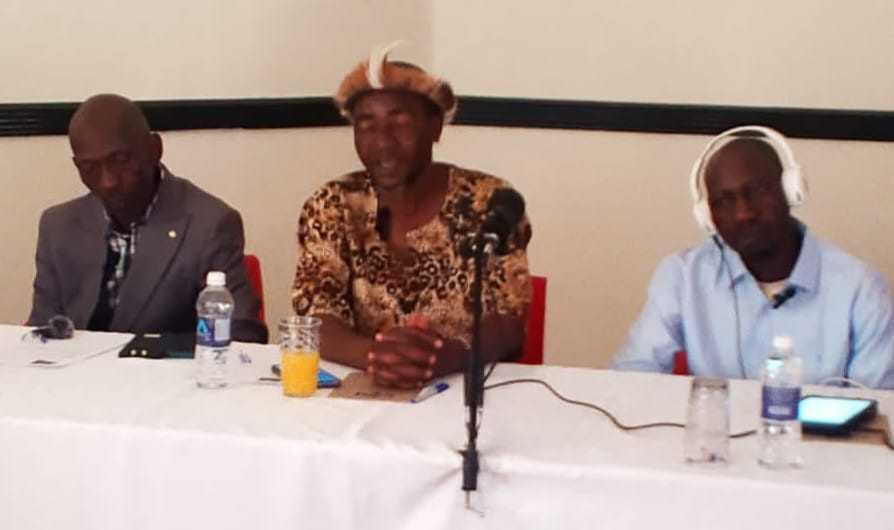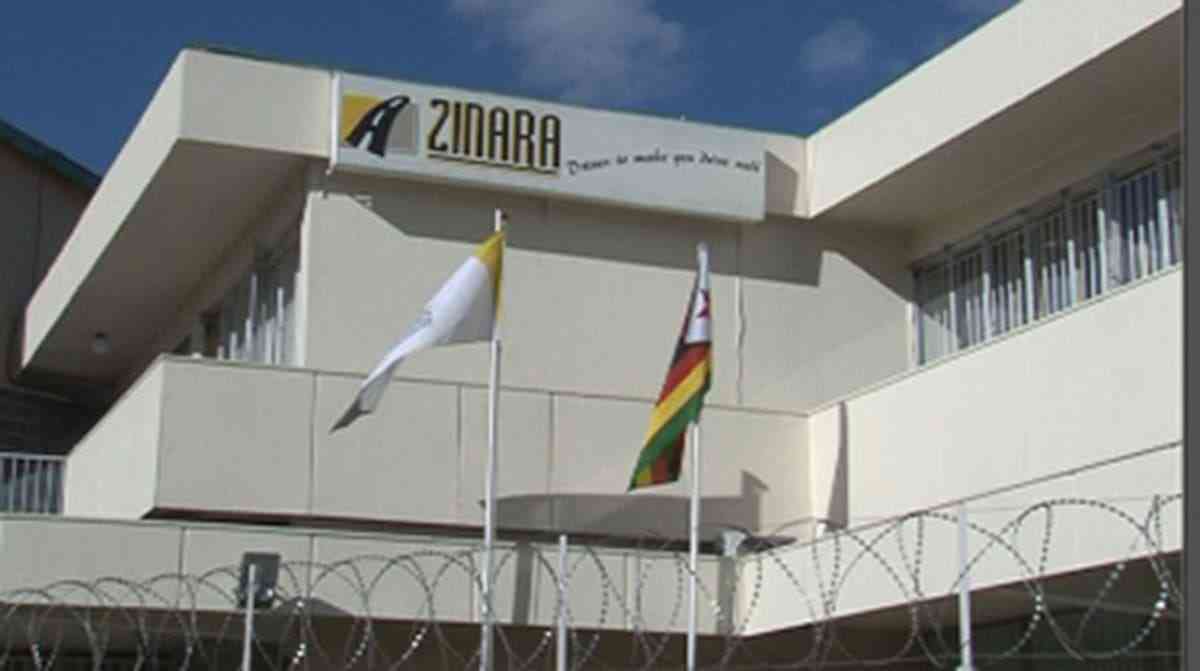
BY BURZIL DUBE
BEFORE delving into the gist of this week’s column where Yours Truly continues with titbits concerning the Kasamabezi tribe, there is need to continue reminding each other of the Covid-19 scourge whose ripple effects continue unabated.
The epidemic continues to cause havoc within the travelling and touring industry as some holiday resorts are reported to have zero bookings and this is an indication or harbinger of occupational challenges.
An opposite scenario is, however, happening at the country’s health institutions that are reportedly overwhelmed by Covid-19-related patients as cases spike to unprecedented levels.
Traditional remedies are now the order of the day as part of efforts to complement the health fraternity in tackling this pandemic even though scepticism is reigning supreme from some sectors of the society.
Talking of traditional herbal remedies, Yours Truly in one of the recent columns alluded to Binga’s latent mystical tourism industry which is yet to be fully utilised.
However, without ruffling any feathers from the medical fraternity, those who are familiar with a place called Manjolo which is adjacent to Binga business centre might be aware that it is home to a variety of herbal therapies.
The place does not need any introduction in times like these.
- Chamisa under fire over US$120K donation
- Mavhunga puts DeMbare into Chibuku quarterfinals
- Pension funds bet on Cabora Bassa oilfields
- Councils defy govt fire tender directive
Keep Reading
If you know, you know.
Yours Truly recently received some consolidated written material from Isaac Mumpande, buttressed the notion that the Tonga tribe are not only found in the Zambezi Valley, but are very predominant in the country’s various provinces.
Herewith is the abridged version of Mumpande’s research information, which could be useful to Kasamabezi (Tonga) history students.
Here we go.
n It should be appreciated that although the Tonga language is a minority one and “endangered” in some countries, it is somehow a majority language in other countries. The Tonga people are an ethnic group scattered across Southern Africa. They are found in countries such as Zimbabwe, Zambia, Malawi, Botswana, Democratic Republic of Congo (DRC), Namibia and Mozambique.
The status of Tonga varies in different countries and is a marginalised and endangered language in the above-mentioned countries. However, it is the second largest language spoken in Zambia.
They are second largest ethnic group in Zambia after the Bemba, constituting 13,6% while the Bemba comprise 21% of the Zambian population.
Tonga in Zambia is one of the languages recognised for official use by government.
It is primarily used as a language of the media, government literacy programmes and public education in the southern province and some districts in the central province. The Tonga language varieties spoken in Zambia and Zimbabwe are mutually intelligible. In fact, these are the same people and language only divided by the Zambezi River that forms the national boundary, but these two groups still maintain very close socio-economic ties.
Although the Tonga language is found in many countries, the focus of this whole issue is Zimbabwean Tonga in Binga district.
Although the Tonga are believed to be the third largest ethnic group after the Shona and the Ndebele in Zimbabwe, this assumption is not only questionable, but also an underestimation.
Some of them have in the past sought linguistic refuge in Shona and Ndebele languages and identities. This brings to the fore that actual population figures for the Tonga in Zimbabwe could be higher although they are not known.
According to Mumpande, it is an underestimation to confine this tribe to the Zambezi Valley districts of Hwange, Binga, Gokwe North, Gokwe South, Nkayi, Lupane and Nyaminyami.
They are also found in Hurungwe district of Mashonaland West, in Mbire and Mt Darwin districts of Mashonaland Central province and in Mudzi district of Mashonaland East province where they are known as Mudzi Tonga.
They are also found in Mberengwa and Kwekwe districts in the Midlands province and Mhondoro-Ngezi district in Mashonaland West province.
While the Tonga in Mt Darwin, Mbire, Hurungwe, Mberengwa, Mhondoro-Ngezi and Kwekwe have almost been assimilated by the Shona to date, it has been established that the Mudzi Tonga are still a distinct group although they now show no ethno-linguistic resemblance to the Zambezi Valley Tonga. This could have been exacerbated by centuries of long geographical separation from each other.
The Tonga people are the original settlers of both Hwange and Lupane districts, but their numbers have been continuously dwindling as a result of aggressive assimilation due to language shift.
Most of them are now trilingual in rural Hwange (speaking Tonga, Nambya and Ndebele) while others in Hwange urban area are quadrilingual (speaking English, Tonga, Nambya and Ndebele).
These languages are part of their socialisation environment and school curriculum as they grow up.
To the contrary, the majority of Tonga in rural Lupane are bilingual (Ndebele and Tonga) and yet the Ndebele in Lupane are monolingual (speak Ndebele only).
Mumpande goes on to state that due to the inferiority complex associated with the Tonga language in Hwange and Lupane, most of the Tonga have adopted Nambya and Ndebele names (first names and surnames).
They are said to have abandoned their language and culture in favour of Nambya and Ndebele culture which is in tandem with local trends even though they are now gradually becoming a force to reckon with.
Till we meet again in the next column.
- Comments always welcome on: [email protected] or Twitter@DubeBurzil










